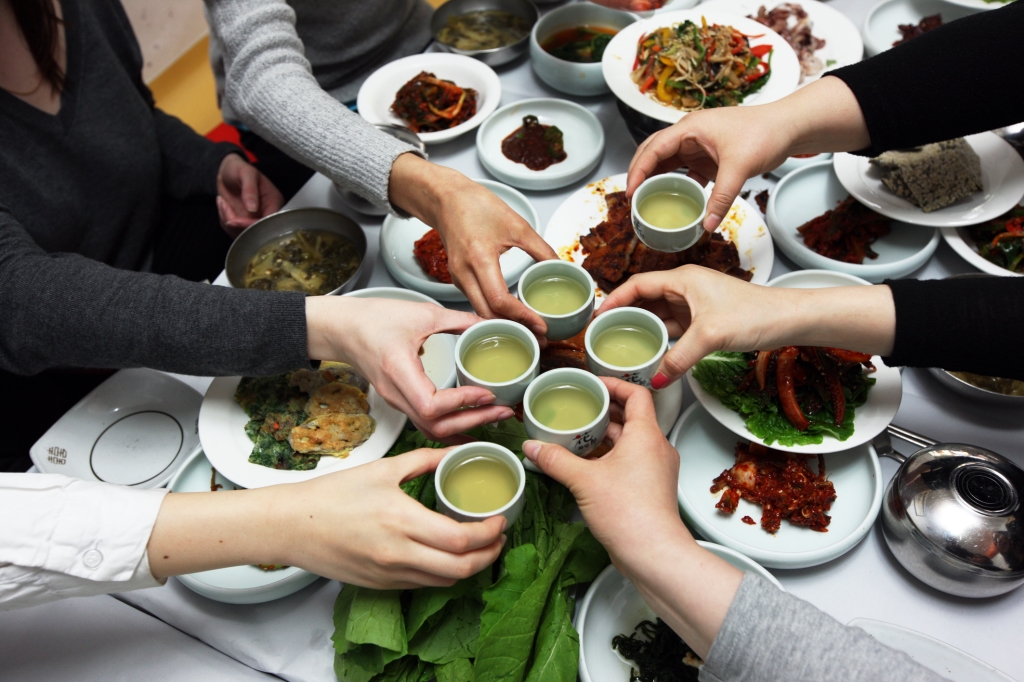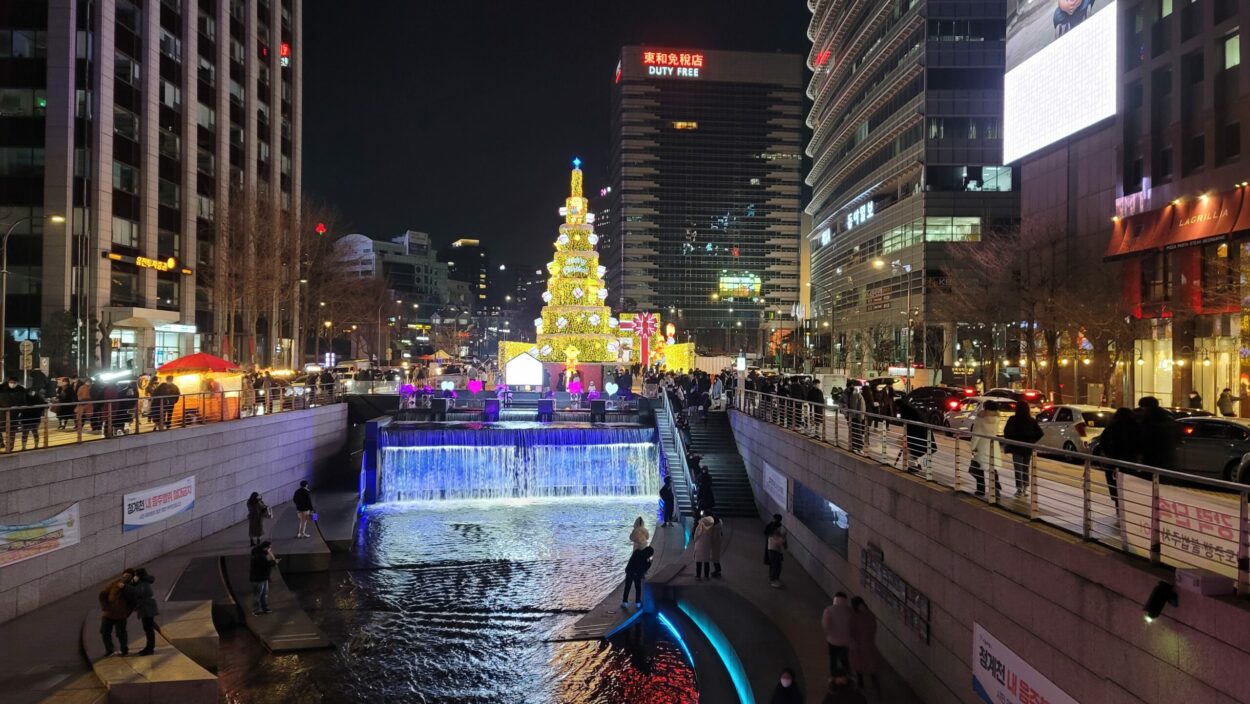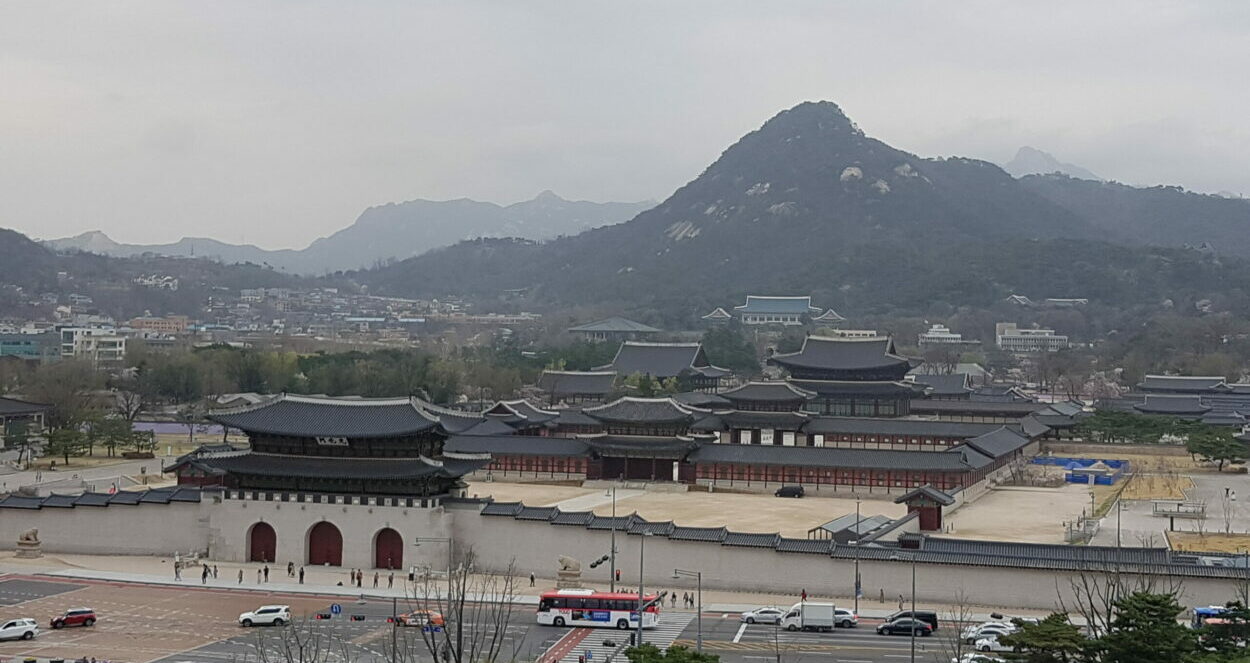Korea, renowned for its rich history and vibrant culture, provides a fascinating glimpse into manners and etiquette. Grasping these customs is vital for meaningful engagement with Korean society as a traveler, student, or professional. Korean culture prioritizes manners and etiquette to preserve social harmony. These practices reflect Korea’s deep respect for hierarchy, age, and community well-being, beyond mere formalities.
Central to Korean manners is Jeong, a mix of affection, loyalty, and shared experiences. This cultural foundation shapes interactions, highlighting warmth and genuine bonds. When meeting someone new, a respectful bow and polite greeting foster harmony. The bow’s depth varies, with a deeper one showing greater respect, especially to elders or superiors.
Respect for Elders:
In Korea, age is a significant determinant of social hierarchy. People weave respect for age into daily interactions. Younger individuals must use honorific language with elders and address family by titles, not names. This custom continues at meals, where servers offer food to the eldest first, and others wait until they take their first bite before eating.
Dining Etiquette:
Korean dining etiquette is a reflection of communal values. Meals are often communal events, where dishes are shared, symbolizing unity and togetherness. Before starting a meal, it is customary to say “Jal meokgesseumnida,” meaning “I will eat well,” as a sign of gratitude. During the meal, it is considered polite to hold the rice bowl with one hand and use chopsticks with the other. Additionally, it is important to wait for the eldest person to start eating before you begin, as a mark of respect.
Gift-Giving:
Gift-giving is an integral part of Korean customs, serving as a tangible expression of respect and goodwill. When presenting a gift, it is customary to use both hands, accompanied by a slight bow. This gesture signifies sincerity and respect. People often wrap gifts beautifully, and recipients should express modesty when accepting them, showing appreciation rather than expectation.
Social Interactions:
In more casual settings, Koreans maintain a level of formality that underscores their respect for one another. While physical contact such as hugging or back-slapping is uncommon, a genuine smile and a warm handshake can go a long way in building rapport. It is also important to avoid direct confrontation; instead, disagreements are often addressed indirectly to preserve harmony.
Understanding Korean manners is an enriching journey that offers a window into the values and traditions that shape this dynamic society. These customs, steeped in history and cultural significance, foster an environment of respect, harmony, and mutual understanding. Whether you are exploring Korea as a visitor or engaging with its people professionally, embracing these etiquettes can lead to meaningful and rewarding connections.




